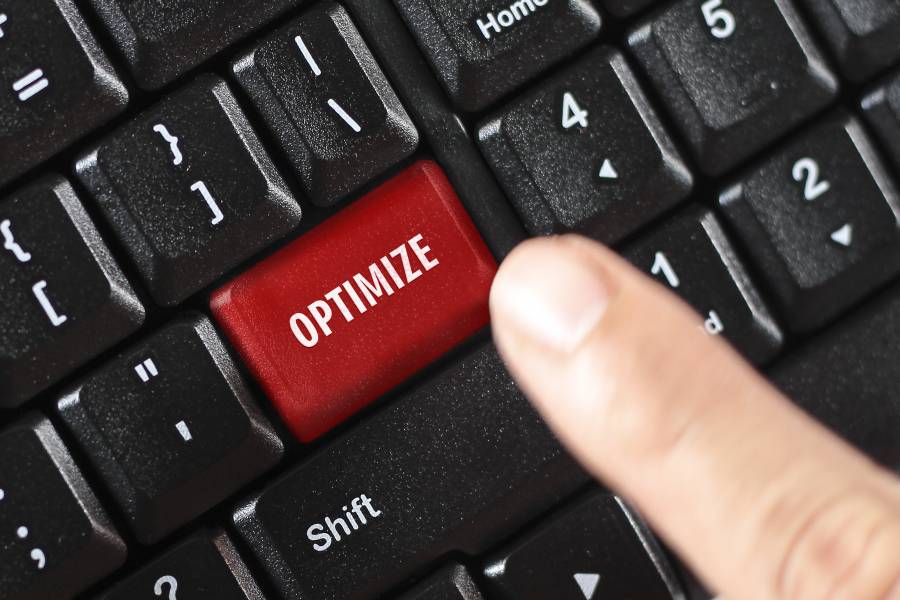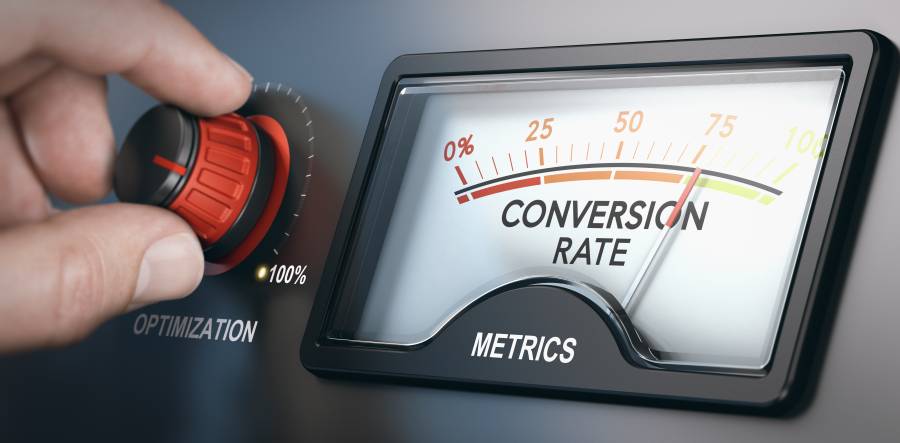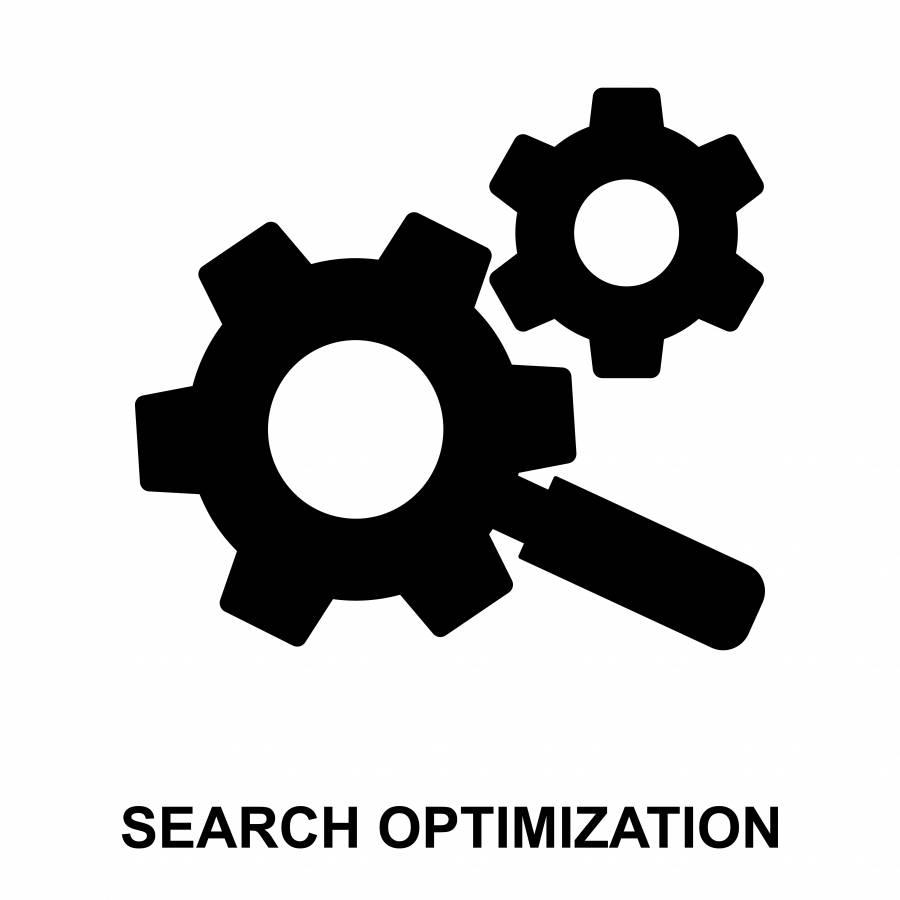
- Produtos
- Precos
- Empresa
- Casos de Sucesso
- Programa do revendedor
What’s the best way of optimizing for Amazon search ranking algorithm?
When we talk about optimizing for Amazon search ranking algorithm (also known as the A9), it's very important to know what exactly is going on over there. I mean that every online entrepreneur selling on that really crowded marketplace should have a clear understanding of the whole process taken at scale – starting from the major ranking factors used by Amazon search ranking algorithm, to the general means of content optimization and product-oriented keyword research which are valid for the moment. But before anything else, let's start with a little learning about optimization for Amazon search ranking algorithm and its bottom line. So, what's the general principle of the A9? And what would it mean for every smart ecommerce seller on practice? Well, let's figure out how to optimize your product listing best way possible – below I'm going to show you all about Amazon search ranking algorithm, the major factors it's betting on, as well as the core aspects of content SEO that have a direct impact on your ranking positions listed in the product SERPs over there. So, let's delve into the matter from the very beginning.

What Makes the A9 Algorithm?
Before anything else, what means "optimization" in the broadest sense of the word? Taken by its general definition, the term "optimization" stands for the process of making the best (otherwise, the most effective) use of the situation or a given resource – to finally achieve the intended goal. As for the basic concept of the Search Engine Optimization (SEO), it refers to applying a number of specific practices intended to improve a common level of exposure to online search by way of achieving higher ranking positions for your website, product listing, or blog pages. Put simply, effective SEO is meant to give a strong ranking signal telling the search engine that you're worth being shown to a broader audience of users. That way, Google search engine "understands" that you really deserve to be continuously encouraged with a prompt ranking promotion. Ultimately, to be found on the first page of the SERPs, among the rest of top relevant search results. In our case, talking about product-oriented ecommerce SEO, we mean that there's a big difference between the whole process of optimization for the major search engines (like Google itself) and the mix of in-part comparable challenges in taming Amazon search ranking algorithm.

What’s the Main Difference Between Ranking on Amazon and Google Itself?
Of course, both doings are quite similar, besides in many ways. But the thing is that their ultimate goals are completely mismatching. While the standard search rankings on Google are commonly driven by something around 200 different factors of online performance (put simply, the major search engines are mainly focused on clicks), Amazon search ranking algorithm is betting precisely on conversions – just to have every given search result displayed with the best chances of making a successful sales deal. So, given that the A9 is meant only to maximize the level of Revenue Per Customer (RPC), ranking on Amazon is a much more straightforward process rather than the one handled by Google itself. After all, Amazon search ranking algorithm is actually relying on three main categories, which pull together just several ranking factors based on Relevancy, Conversion Rate, as well as Customer Satisfaction & Retention. That's it!
Amazon Optimization Tips & Tricks
Given that Amazon search ranking algorithm is just doing best to maximize the RPC, there are several ideas and simple practical suggestions that can describe a really effective process of getting your product listing well-optimized. Ultimately, to appear more prominently in the relevant product SERPs, generate a higher Click-Through-Rate, and finally make greater profits for all – both for Amazon marketplace itself, and every online merchant selling over there.

Here is what can describe a fully performing process of Amazon SEO:
- First of all, despite the fact of crawling frequency has never been disclosed by Amazon's officials, there is one thing we can know for sure – crawls are taking place regularly enough to turn your product listing optimization into a really indispensable ongoing process. Otherwise, Amazon search ranking algorithm will simply prevent your listing from coming up in the SERPs once and for all (at least under that given set of keywords you're currently ranking for, to be more precise).
- Considering the worst-case scenario when your product listing continuously fails to deliver any actual deals on Amazon, the A9 algorithm will remember that. As a result, you might as well be simply demoted down the search, instead of being shown to any measurable number of the live shoppers looking for the similar item on sale, or browsing within the relevant product category over there. It's pretty simple, right?
- Let's face it – Amazon search ranking algorithm is constantly adapting to the major patterns of the customer behavior. It means that you're recommended to start optimizing your product listing focusing on the consumer first and foremost. So, the key to successful Amazon SEO is giving a strong priority to your content optimization so that it's always kept fully complete and maximum relevant to your potential buyers.
- Get down to your product listing optimization by way of doing a precisely targeted product keyword research. The thing is that it's always critical to start optimizing for the right search terms from the very beginning. That's why I recommend using at least a couple of those countless keyword research and planning software tools. That way, you will get a solid foundation necessary for shaping a really performing product page that will have better chances of being displayed prominently in product search over there.
- Handling a good listing optimization that would please Amazon search ranking algorithm means you must be always honest and well descriptive. Make sure you have everything in place with a strong and far-reaching content, keeping it naturally relevant at the same time. Put simply, make sure you're not getting your product listing overstuffed with too many keywords that don't make much sense from the viewpoint of your potential buyers. Of course, if you don't want to provide a negative experience for the live shoppers and negatively impact your ranking potential in the longer run.

Bottom Line
If you are still uncertain about where exactly to start with your product listing optimization for your main target search terms, here is a good tip for you. Of course, it may seem like a no-brainer, but given that Amazon search ranking algorithm keeps making changes to its different approaches to ranking product pages listed over there, you can still find a lot of optimization areas in your product listing that can be always reworked with a guaranteed outcome. I mean there are some basic elements of optimization that are more important than the others. So, knowing which of them have got the strongest direct impact on Amazon rankings, there must be a good reason for you to concentrate your main SEO efforts particularly on the following basic elements found in your product listing. Based on the importance, everything commonly falls into three areas, which are prioritized by Amazon search ranking algorithm. Here they are.

Product Title
Given that your Product Title is the most important area of your listing optimization, make sure to pay enough attention to have everything in place with it. I recommend targeting only on those keywords and long-tail product terms, which are currently having the highest search volumes. That way, simply think of your Product Title as a real commercial label, for example printed on the box, which is limited with just 50 characters for you to include the following information: brand name of the item, product name itself, as well as any relevant features that can distinguish it, for example by color, everyday usage, size, etc.
Bullet Points
This section is another great opportunity to make use of your potentially winning search terms and targeting precisely long-tail keyword combinations, in line with informing your potential customers about its major features/benefits at the same time. Remember, long-tail search requests are among your most valuable assets, as the customers commonly tend to use them when they're in the sweetest spot, as close to taking the final decision to purchase with you as never before.

Product Images
Everything about your Product Images is quite simple. Note, however, that this section of your product listing still has a very strong effect on conversions. Just ask yourself what you would like to see if you were a customer looking for the same item. You might as well run through the similar product listings of your closest competitors – just to understand what works well for them, and what should be probably eliminated. In fact, all you need is to have more high-quality pictures (with more than 1,000 pixels), which should be accurate and up-to-date. Ideally, at least one image should clearly demonstrate your item in use – and you're done!
Categories
Post a comment